Description
Name in North American Boletes: Leccinum nigrescens
Genus: Leccinellum
- Genus 2: Leccinum
Species: crocipodium
- Species: nigrescens
Common Name:
Tells: Yellow pores stain browner. Cap flesh stains red/pinkish-gray. Pitted cap ages from blackish to yellow-brown, & often cracks/fissures w/age.
Other Information: Likes oak. Stem is yellowish (sometimes red-brown by base), often swollen in the middle or lower region, & has scabers that darken from brown to blackish. Hard to distinguish from L. rugosiceps, except that cap is usually lighter, the stem doesn’t sell, the flesh stains a deeper red, & the pores DNS except for the occasional blue-green mark when you find it. Both are good edibles so it doesn’t matter much from a practical point of view.
Science Notes: DNA testing moved this mushroom from Leccinum to the newly erected genus Leccinellum. The powers that be then changed the species name too for good measure.
Edibility: Good.
CHEMICAL TESTS:
- NH4OH (Ammonia): Cap skin turns reddish brown.
- KOH: No data.
- FeSO4 (Iron Salts): Cap skin has no reaction.
Links:
 |
0 |  |
0 |  |
209 |  |
240 |

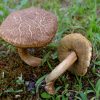
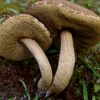
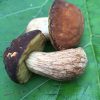

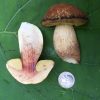
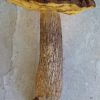

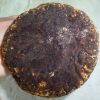
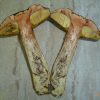
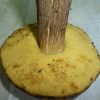
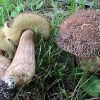

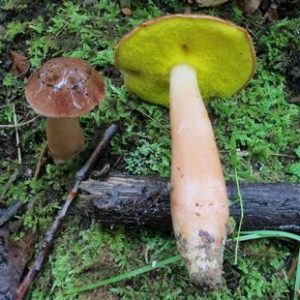
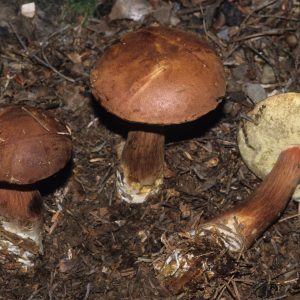
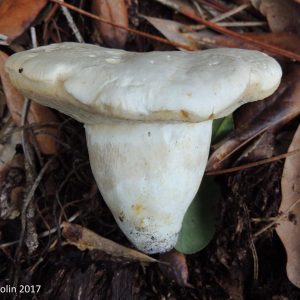
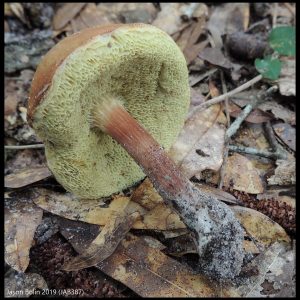
Got something to discuss?